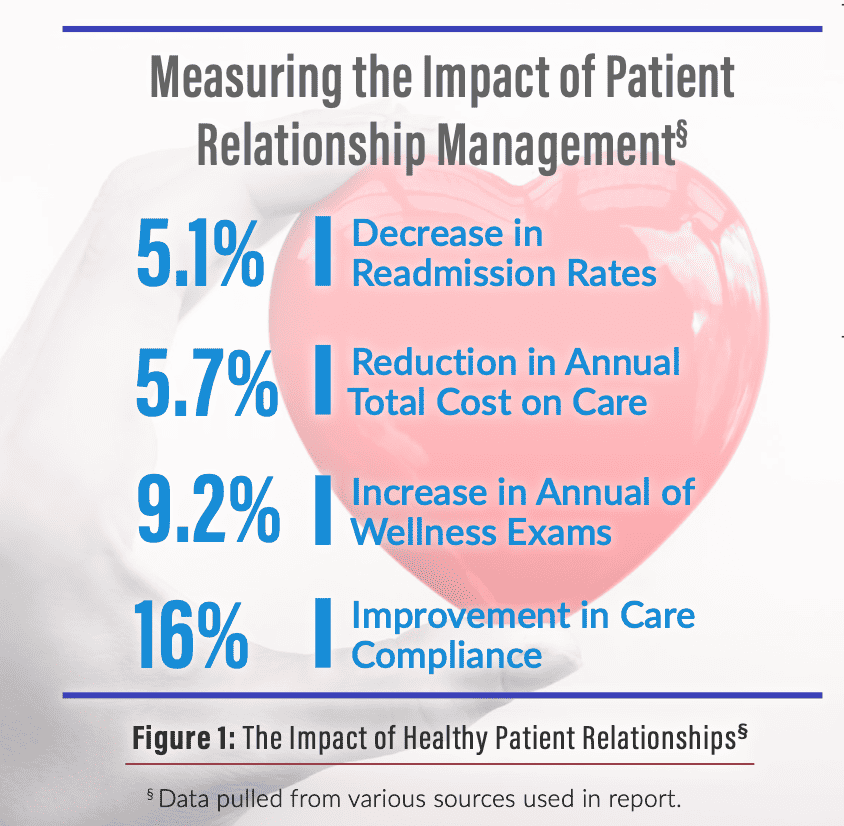Understanding the full context of the patient in an increasingly complex healthcare system

The Patient Relationship Management platform puts clinically relevant, non-encounter-based interactions at the forefront of its workflows. PRM platforms understand how vital good communication and outreach are beyond just producing encounters or influencing patient experience and satisfaction metrics. Through improved communication, they help build vital relationships and drive important clinical outcomes. The core of the PRM is the contextual use of information. Leveraging data and maintaining a fuller, more complete view of the patient context, PRMs enable care activities, messaging, and the delivery of the content which is most important to patients and their health. By going beyond data within the EHR and looking at the full breadth of sources of clinical care a patient may receive, they offer a fuller view of patient needs and a better understanding of communication the patient is already receiving.
This research brief provides ideas and insights for healthcare organizations seeking to understand the differences between Consumer Relationship Management and Patient Relationship Management. It can assist with the identification of organizational needs and digital transformation efforts. As organizations look to select and work with relationship management vendors, they can apply what they learn here when defining reasonable expectations, identifying necessary components, and selecting the correct platform for their goals.
Download this brief using the form below:

